Buckster
In memoriam
- Joined
- Sep 14, 2009
- Messages
- 6,399
- Reaction score
- 2,341
- Location
- Way up North in Michigan
- Can others edit my Photos
- Photos NOT OK to edit
LOLWUT? "Landscape color calibration"? That's a new one on me...? Doesn't look overexposed to me, and the histogram doesn't indicate it either. When's the last time you calibrated?I like the bumble. a bit over exposed for my liking, still cool though.
The issue wasn't with exposure, it was the calibration. I forgot to make the change in Adobe to use my camera's landscape color calibration.



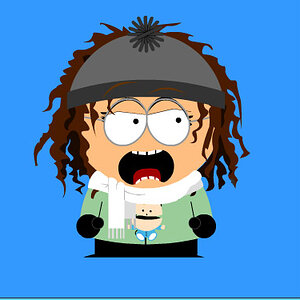
![[No title]](/data/xfmg/thumbnail/35/35264-5ade32b7036391926536661aeb7491c3.jpg?1619736969)
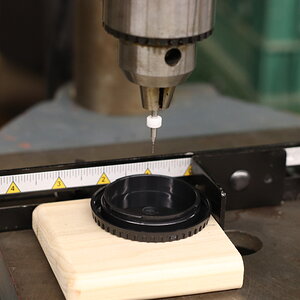
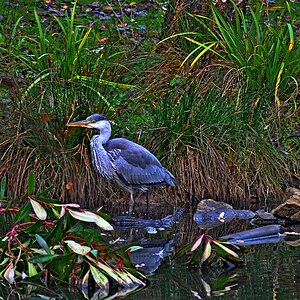
![[No title]](/data/xfmg/thumbnail/33/33031-909b1e1ff8739eef165c60b70c9a6a38.jpg?1619735845)

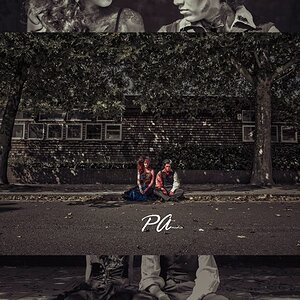
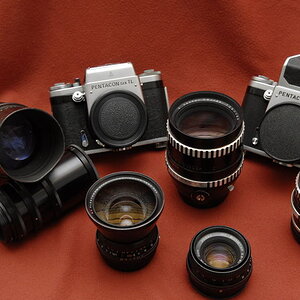
![[No title]](/data/xfmg/thumbnail/42/42451-9e2e4f1caad4c45d0c61e2a856140c36.jpg?1619740190)
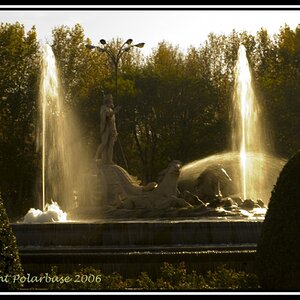
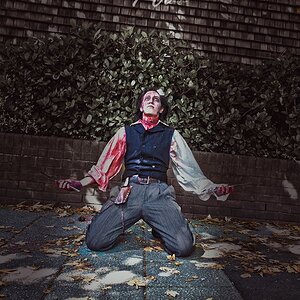
![[No title]](/data/xfmg/thumbnail/35/35262-02f8eba4a2a92dbae0b55547bba80b4f.jpg?1619736968)